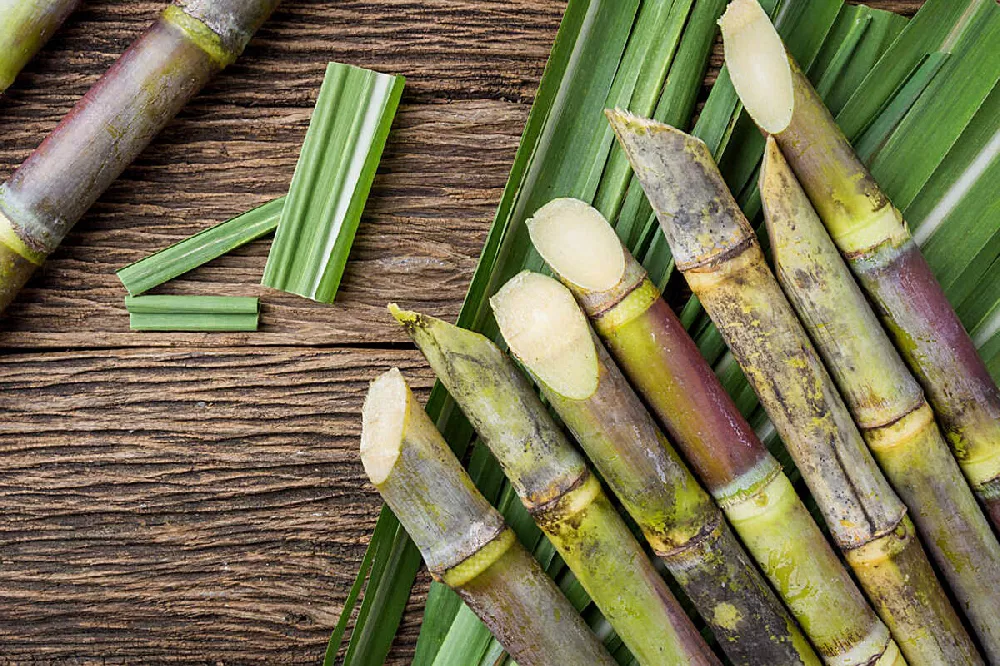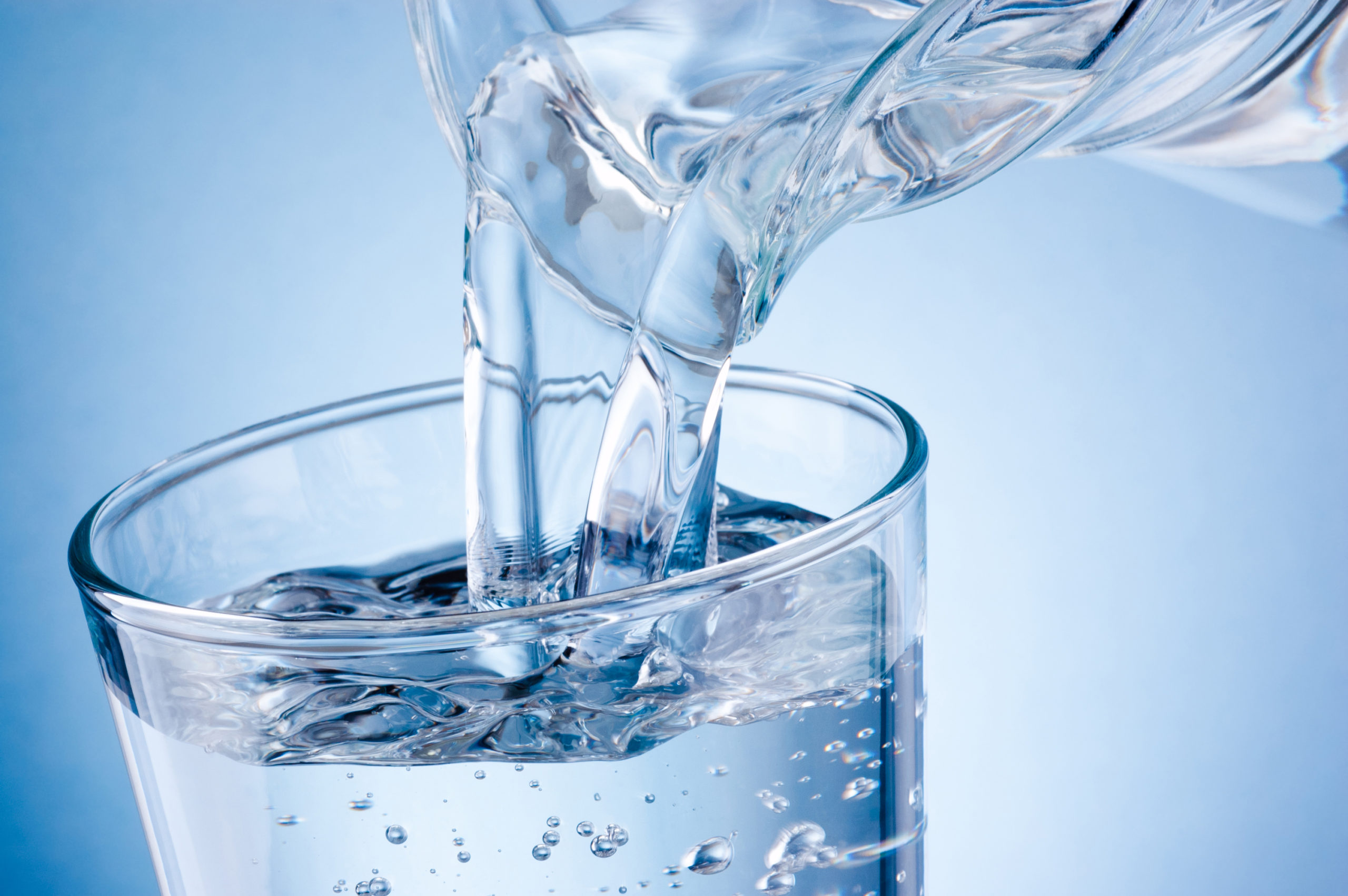The Environmental Impact of sugar cane products and What It Means
Discover Everything About Sugar Cane: From Production Strategies to Item Innovations
Sugar cane is a crop with both historical value and modern relevance. Its growing has progressed from standard methods to modern practices that meet today's farming demands. This advancement includes cutting-edge handling techniques that change the cane into a selection of products. As the industry faces environmental difficulties, brand-new sustainable practices are arising. The intricacies of sugar cane manufacturing and its future in worldwide markets present appealing questions worth discovering further.
The History of Sugar Cane Growing
Although sugar cane is commonly connected with tropical environments, its growing has a rich history that dates back hundreds of years. Coming From Southeast Asia, the earliest documents of sugar cane's use day back to around 8000 BCE, where it was eaten for its sweetness. By the very first centuries, it spread to India, where it came to be integral to regional societies. The technology to take shape sugar emerged in India by the 5th century CE, marking a substantial turning point in sugar production.With the development of profession courses, sugar cane discovered its means to the Middle East and, eventually, Europe. The facility of ranches in the Caribbean throughout the 16th century changed the global sugar market, driven mostly by colonial expansion. As sugar became a desired product, its cultivation shaped economic situations and societies, laying the groundwork for contemporary production methods that developed with the development of farming and innovation.
Traditional Farming Techniques
As sugar cane cultivation evolved through background, typical farming techniques became foundational methods that formed its manufacturing. These techniques, frequently given with generations, included making use of handbook tools such as hoes and machetes for planting and gathering. Farmers normally prepared the soil by hand, utilizing plant rotation and intercropping to keep soil fertility and control pests. Water management was necessary, with numerous typical growers depending on natural irrigation systems and rainwater harvesting.Planting was often timed to synchronize with seasonal rainfalls, ensuring excellent growth conditions. Commonly, sugar cane was planted in rows, allowing for easier upkeep and harvesting. Harvesting was done manually, needing experienced labor to lessen damages to the stalks. Generally, standard farming methods emphasized sustainability and a deep understanding of the neighborhood atmosphere, developing an essential part of the cultural heritage bordering sugar cane farming. These methods prepared for future developments in sugar production.
Modern Agricultural Practices
Modern agricultural techniques have significantly bundled accuracy farming techniques to enhance sugar cane manufacturing. sugar cane products. These techniques make use of data-driven approaches to enhance inputs and boost returns while reducing ecological influence. Additionally, sustainable parasite management approaches are being adopted to shield crops without compromising environmental equilibrium
Precision Farming Strategies
Precision farming methods represent a transformative approach to farming, leveraging technology to boost efficiency and sustainability in sugar cane manufacturing. By using tools such as GPS, remote noticing, and information analytics, farmers can monitor crop wellness, soil conditions, and water usage with unprecedented accuracy. This data-driven technique enables targeted interventions, minimizing waste and enhancing resource appropriation. Drones and satellite imagery assist in real-time assessments, enabling farmers to respond swiftly to arising problems or adjustments in ecological problems. Furthermore, accuracy farming enhances return projecting and improves decision-making processes, ultimately bring about far better plant monitoring. Consequently, sugar cane manufacturers can achieve greater performance and earnings while reducing their ecological impact, adding to the overall development of contemporary farming techniques.

Lasting Insect Management
Reliable administration of bugs is crucial for preserving the health and efficiency of sugar cane crops. Sustainable insect management methods focus on minimizing chemical inputs while making best use of environmental balance. sugar cane products. Integrated Parasite Monitoring (IPM) is a popular strategy, integrating organic control, environment control, and using resistant sugar cane ranges. Farmers are increasingly using advantageous pests and natural predators to subdue pest populaces, decreasing reliance on artificial chemicals. Monitoring insect degrees through catches and hunting enables timely interventions, guaranteeing that control actions are applied only when necessary. Additionally, crop turning and intercropping improve biodiversity, additional lessening parasite episodes. By adopting these sustainable practices, sugar cane manufacturers can preserve plant yield while promoting environmental stewardship and decreasing the negative effects connected with conventional bug control techniques
Handling Sugar Cane: From Field to Manufacturing facility
The detailed journey of sugar cane from field to factory entails several essential steps that transform this dynamic crop right into a resources for sugar manufacturing. After harvesting, sugar cane is quickly delivered to the handling center to lessen sucrose loss. The very first step at the manufacturing facility is washing the cane to get rid of contaminations, followed by crushing to extract the juice. This juice undertakes clarification, where it is warmed and treated with lime to eliminate strong fragments and impurities.Once made clear, the juice is focused through dissipation, resulting in syrup. The syrup is after that taken shape by cooling down and including seed crystals, bring about the formation of sugar crystals. Complying with formation, the sugar goes through centrifugation to divide it from molasses. Inevitably, the sugar is dried, packaged, and gotten ready for circulation. Each step in this procedure is essential for guaranteeing the high quality and effectiveness of sugar production.
Sugar Cane Products and Their Applications

Sweeteners and All-natural Sugars
Usually neglected, sugar and all-natural sugars acquired from sugar cane play a necessary role in the food and drink market. These items, including sucrose, molasses, and raw sugar, provide a series of flavors and functionalities that enhance different food things. Sucrose, one of the most typical sugar, is extensively used for its sweetening homes, while molasses contributes deepness and complexity to baked products and sauces. All-natural sugars from sugar cane are preferred for their minimal processing and regarded health advantages contrasted to fabricated sugar. In enhancement, innovations in sugar cane handling have actually resulted in choices like liquid sugar and concentrated cane juice, accommodating diverse consumer choices. On the whole, sugar cane-derived sweeteners are indispensable to flavor, preserving, and enhancing food experiences.
Biofuels and Renewable Power

Sustainability in energy manufacturing has significantly turned attention to sugar cane as a practical source for biofuels. This exotic crop, rich in sucrose, can be exchanged ethanol, a renewable gas that minimizes greenhouse gas discharges compared to nonrenewable fuel sources. The fermentation procedure uses molasses, a byproduct of sugar manufacturing, making best use of resource efficiency. Sugar cane's biomass, including bagasse and leaves, can be transformed into bioenergy, contributing to a circular economic situation. Numerous advancements in handling methods improve the return of biofuels, making sugar cane an attractive choice for energy diversity. Additionally, the expanding need for sustainable important site power sources drives study into improving growing techniques and reducing the carbon footprint of biofuel manufacturing, positioning sugar cane as a vital gamer in the renewable power landscape.
Advancements in Sugar Cane Sustainability
As the worldwide need for sugar increases, developments in sugar cane sustainability have ended up being important to satisfy both ecological and economic difficulties. Modern farming practices are being executed to lower water usage, boost dirt wellness, and lessen chemical inputs. Methods such as precision agriculture make use of information analytics and modern technology to optimize resource usage and boost plant yields sustainably.Additionally, the development of genetically changed sugar cane varieties aims to improve resistance to insects and environmental stress factors, bring about greater performance with less inputs. Waste administration methods are likewise progressing; byproducts from sugar cane handling are being transformed into bioenergy, reducing reliance on fossil fuels.Furthermore, partnerships between agricultural stakeholders and environmental organizations are cultivating methods that promote biodiversity and ecosystem health and wellness. These innovations not just aid reduce the environmental effect of sugar cane manufacturing however additionally create a more resistant and sustainable market for the future.
The Future of Sugar Cane in Global Markets
While international sugar consumption proceeds to rise, the future of useful content sugar cane in international markets faces both opportunities and obstacles. The boosting demand for biofuels and sustainable products presents a substantial possibility for sugar cane producers, as the plant can be made use of for ethanol manufacturing and other environment-friendly choices. Additionally, advancements in handling methods might improve effectiveness and decrease prices, making sugar cane a lot more competitive versus various other sweeteners.However, obstacles such as environment change, varying market rates, and changing customer choices towards much healthier options make complex the landscape. Profession plans and tariffs can affect the international market characteristics, impacting farmers' profitability. As stakeholders browse these complexities, cooperation among producers, federal governments, and researchers will be essential in adjusting to the advancing market. The future of sugar cane depends upon stabilizing these opportunities and challenges to secure its area in a quickly changing international economic climate.
Frequently Asked Questions
How Does Sugar Cane Effect Local Ecosystems and Biodiversity?
The growing of sugar cane considerably influences local ecological communities and biodiversity. Monoculture methods can cause habitat damage, while pesticide usage might hurt non-target varieties, eventually interrupting eco-friendly equilibrium and lowering varieties richness in impacted areas.
What Are the Health Results of Consuming Sugar Cane Products?
The wellness effects of consuming sugar cane products include possible advantages like energy increases and anti-oxidants, yet excessive intake might bring about weight gain, dental concerns, and enhanced danger of diabetic issues, prompting small amounts in usage.
Exist Any Type Of Alternatives to Sugar Cane for Sugar Manufacturing?
Alternatives to sugar cane for sugar manufacturing consist of sugar beet, maple sap, and coconut hand sap. These resources give comparable sweet taste and can be cultivated in numerous climates, using diverse alternatives for sugar production worldwide.
Exactly How Is Sugar Cane Influenced by Environment Modification?
Climate adjustment substantially affects sugar cane, creating transformed rainfall patterns, increased temperatures, and heightened parasite pressures. These factors can decrease returns and affect overall top quality, motivating the requirement for adaptive farming techniques to guarantee sustainability.
What Are the Labor Conditions for Sugar Cane Workers Internationally?
Labor problems for sugar cane employees around the world differ significantly, typically characterized by reduced great site wages, long hours, and inadequate safety procedures. Numerous face exploitation and extreme workplace, specifically in developing nations reliant on sugar cane production.